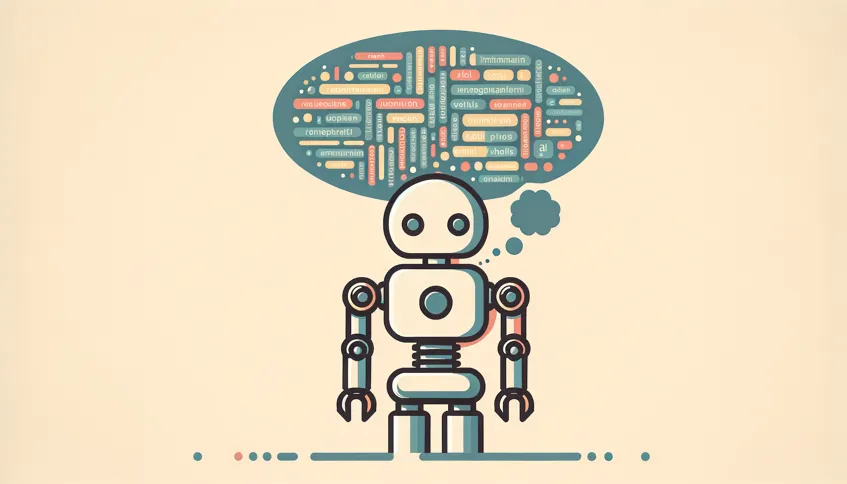Prompting Structure and Model Interpretation
Models like DALL-E and Sora interpret prompts based on word order and structure, not just keywords. They may simplify long prompts internally to their preferred "language". Understanding these patterns, often short and simple, yields more predictable results compared to complex phrasing. Experimenting with structure is key.
Character Consistency Across Images
Achieving consistent characters across multiple images remains challenging. Using LoRAs trained on your character with SDXL or Flux models is a common approach. ControlNet with IPAdapter can also help. Online platforms like Kling or UNO are exploring consistency features, but local methods offer more control.
Links:
- https://aicreators.tools/feature/41
- https://aicreators.tools/image-graphics/image-generators/uno-bytedance
Running Stable Diffusion on AMD GPUs
Using Stable Diffusion effectively on AMD GPUs requires compatibility layers. ZLUDA is frequently recommended; it translates CUDA calls for AMD hardware, often used with frontends like Forge or ComfyUI. Avoid DirectML due to performance limitations. Ensure HIP SDK is installed alongside Adrenaline drivers.
Links:
- https://github.com/vladmandic/zluda
- https://github.com/CS1o/Stable-Diffusion-Info/wiki/Webui-Installation-Guides#zluda-
Optimizing HiDream and Flux Generations
HiDream setup involves specific dependencies (Torch, Triton, flash-attn); quantised NF4 models help manage VRAM (~15GB+ needed). Flux models can appear blurry; mitigate this using wider aspect ratios and low CFG values (around 1.4). Both are transformer-based (MMDiT), differing from UNet models like SD 1.5.
Links:
UI Tips: Forge vs A1111 and Fixing Artifacts
Forge UI is often suggested over Automatic1111 for better performance and memory management. If experiencing odd errors, check file paths for special characters like []. For stylized images, disable built-in 'Restore Faces' and use the Adetailer extension for better control over face correction.
Links:

